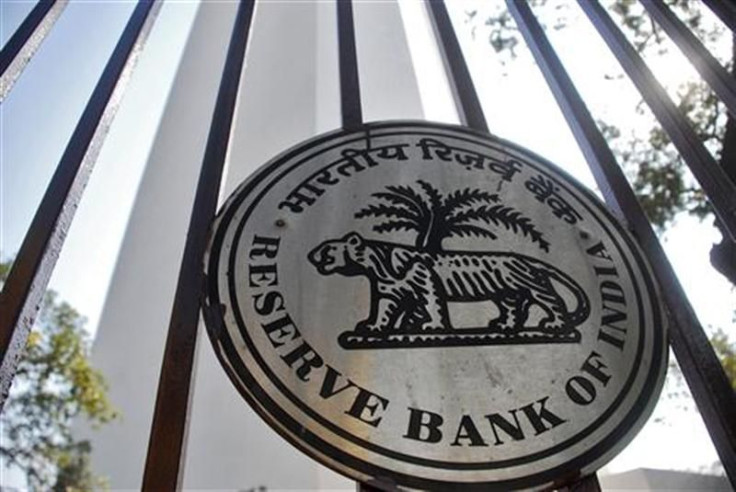Reserve Bank Of India Expected To Announce Repo Rate Cut June 18

The Reserve Bank of India (RBI) is expected to ease rates at the forthcoming mid-quarter review June 18 to lift constraints on lending as it seeks to tackle the shortage of cash in the banking sector and the slowing economy.
It is expected that there will be a rate cut of at least 25 basis points (bps). Lower interest rates are needed to support the economy, which has shown signs of losing momentum in the past few months. In April, the central bank surprised markets with a 50 basis point cut in the main interest rate.
One aspect that could dent the expectation for further loosening of the monetary policy to regain the economic growth rate is the report that India's inflation rose unexpectedly in April. Inflation climbed to 7.23 percent in April while it was 6.89 percent in March.
Next week, the government will release the Wholesale Price Index (WPI) inflation for May, which is likely to increase further. The rising inflation should be bad news because it can prevent the government from invigorating growth without much concern about price rises. However, instead of fighting inflation, the most urgent concern for India appears to be its pro-growth policy stance against the current uncertain global situation.
The mounting deficit has become a serious concern for the policymakers. In April, credit rating agency Standard & Poor's cut India's outlook on the long-term rating to negative from stable, saying that the country's economy was facing high fiscal deficits and a heavy debt burden.
S&P reported that the government's ability to implement policies had weakened due to the slow and complex decision-making process.
The slump in economic growth has become a major worrying factor for the country's policy makers. The economy grew 5.3 percent in the fourth quarter ending March 31, which was a nine-year low and was a major retardation from the quarter ending December 31 when the GDP growth was 6.1 percent. In the July-September quarter, growth was 6.9 percent. The country saw annual growth of 8.4 percent in the last two fiscal years.
In this situation, as noted by S&P, the extent to which the government can implement measures to improve economic growth and fiscal prudence will be vital for boosting confidence.
© Copyright IBTimes 2025. All rights reserved.





















